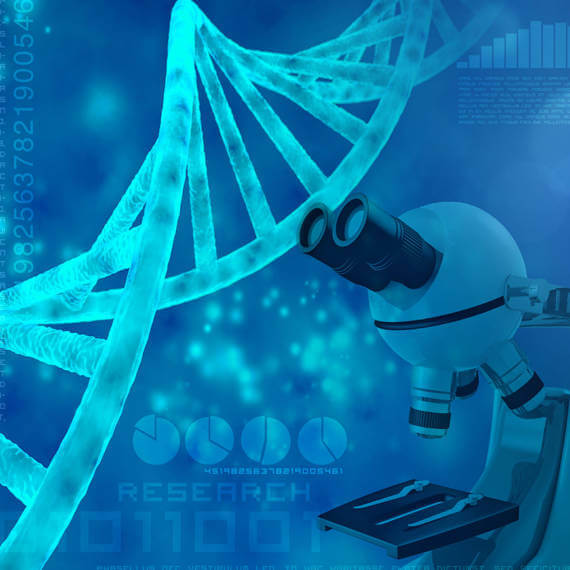What is the SANCO test and why should it be carried out?
The most common screening test recommended for pregnant women is the so-called double test: the PAPP-A test together with a genetic ultrasound. This test allows the risk of foetal abnormalities associated with an abnormal chromosome number to be determined. However, tests of this type have the effect that many patients end up in the risk group completely wrongly. The SANCO test is a more specific test, i.e. more reliable. The detection rate for chromosome mutations is almost 100%.
What is tested during the test?
SANCO is a prenatal test for which material is taken from the mother’s blood. 10 ml of blood containing plasma, which contains the extracellular genetic material of the foetus, is taken from the pregnant woman.
When to take the test?
The genetic material necessary for the SANCO test is already present in the mother’s blood from the tenth week of pregnancy. The test must be performed by the twenty-fourth week of pregnancy. Taking the test later is also possible. However, in the event of a positive result, it may not be possible to carry out further invasive tests in advanced pregnancy.
When will you receive the test results?
The waiting time for the test results should not exceed 6 days. However, remember that in the event of a positive result, invasive tests should be carried out to fully confirm the genetic defects of the foetus. The SANCO test is a screening test and the results are not definitive.
Which defects does the test detect?
The SANCO test primarily serves to correctly diagnose genetic defects resulting from chromosome mutations. What are the most serious abnormalities in the genetic material that the SANCO test detects:
- Trisomy of chromosome 13 – Patau syndrome. This is one of the most serious genetic diseases, which manifests itself in low birth weight, but also in reduced muscle tone, underdevelopment of the forebrain, abnormalities of the facial shape including the presence of only one eyeball, as well as defects of the heart, kidneys and other internal organs.
- Trisomy of chromosome 21 – Down syndrome. The most common genetic defect caused by a mutation in the number of chromosomes. People with Down’s syndrome have reduced intellectual performance. They also have an increased risk of heart disease.
- X chromosome monosomy – Turner syndrome. Occurs only in girls. It is characterised by poorly defined female features and short stature.
- Klinefelter syndrome – which is an extra X chromosome in a pair of sex chromosomes. Presents only in males. Manifests itself through above-average height, speech problems, impaired intellectual development and underdeveloped sexual organs.
Advantages of the SANCO test
This type of prenatal test has basically only positive expert opinions. It is completely safe for the baby, as the genetic material of the foetus, which is present in the mother’s blood, is taken for the test. It is isolated under laboratory conditions and then analysed using modern technology. This completely eliminates the risk of miscarriage, damage to the placenta or umbilical cord, and intrauterine infections. Another advantage of this solution is the very high rate of correct results, which exceeds 99%. The SANCO test can also be carried out in cases of twin pregnancies (although then it only detects the risk of trisomy), pregnancies resulting from in vitro fertilisation and pregnancies of women who are egg recipients.
Indications for the test
The SANCO test is recommended for:
- women who become pregnant after the age of 35 and do not wish to have invasive tests,
- patients in whom biochemical PAPP-A and ultrasound examinations suggest an increased risk of genetic defects in the foetus,
- women who have contraindications to invasive prenatal testing, a high risk of miscarriage or hepatitis or HIV infection.
Contraindications to the SANCO test
In certain circumstances, non-invasive prenatal tests may not give measurable results, so it is not advisable to perform them. Contraindications to a SANCO test include:
- multiple pregnancies,
- previous stem cell treatment in the mother,
- blood transfusion less than six months before pregnancy,
- previous organ transplantation,
- diseases resulting from mutations in the mother’s chromosomes.
